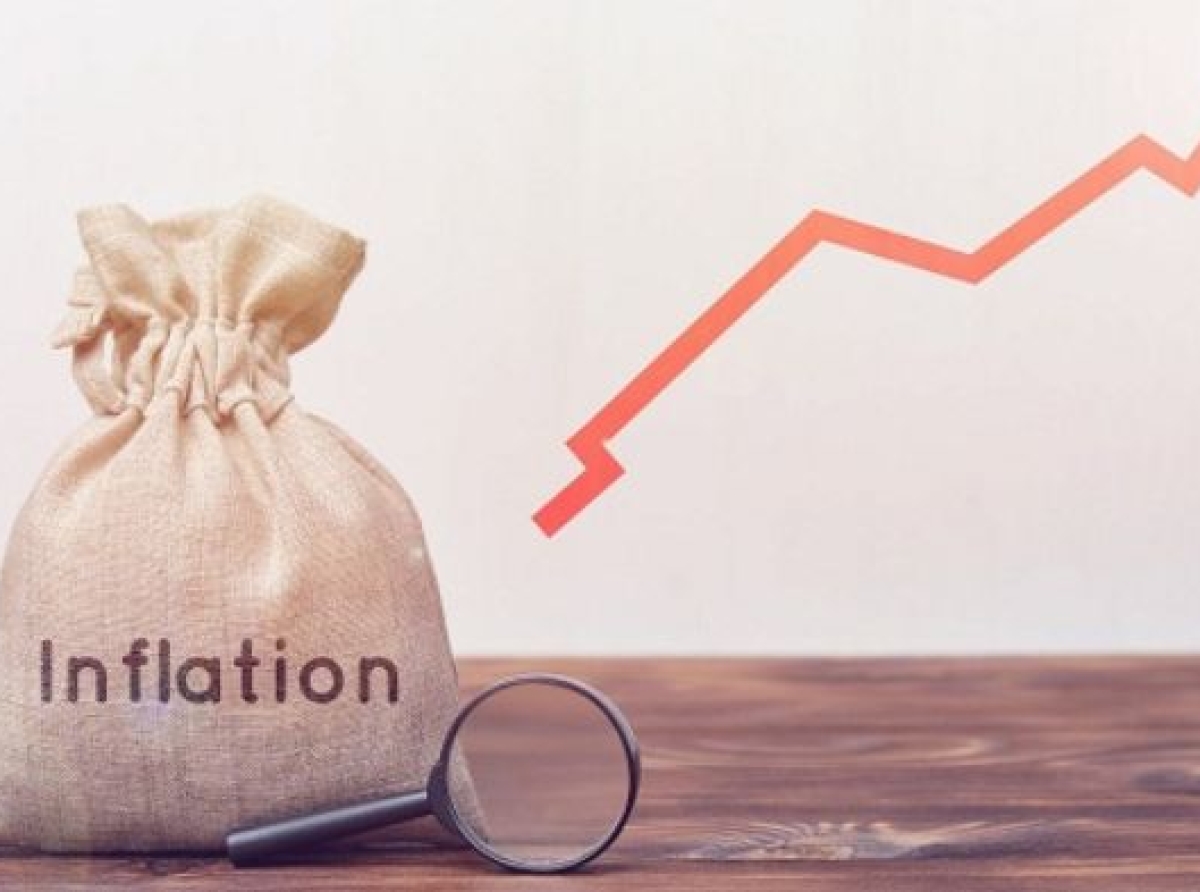21 November 2022, Mumbai:
With the Indian middle-class concept of a penny saved is a penny earned, the cost-effective method of value retailing of a big format store concept, where branded products and accessories are sold under best deals has always been popular.
However, inflation after the Covid years has hit even harder at these value retailers, which cater to consumers at the bottom of the pyramid, with a monthly income of Rs 10,000 to Rs 25,000 and average shopping bill size ranges of Rs 500-750 when they set foot in these outlets.
As inflation bites
Inflation impact in the sub-segment of value retail stores is being felt harshly by many companies here such as apparel store chain V-Mart Retail and Aditya Birla Fashion and Retail (ABRFL)-run clothing chain Pantaloons among others. The urban markets of the big cities are less affected than the smaller towns where the retailers operating in the mass segment feel the pressure of inflation more.
A rain deficit in the early part of the monsoon and floods in the July-September quarter has led to further financial instability among consumers of the smaller towns. Since Pantaloons is widely distributed in both urban and rural areas, the company has reported muted recovery in the second quarter and its revenue growth was flat on a per-store basis.
Retailers cope with losses
However, V-Mart Retail which runs stores under its brand V-Mart, with a major presence in North India, and Unlimited with a huge presence in South India, has posted a loss of Rs 11 crore ($1.4 million) for the second quarter that ended September 2022, as against a net loss of Rs 14 crore reported in the year-ago period.
However, V-Mart Retail’s revenue for the quarter rose by 50 percent to Rs 506 crore, as against Rs 338 crore made in the corresponding period of the previous fiscal year.
“However, V-Mart is expected to increase sales in H2FY23 onwards in line with premium retailers on account of normal monsoon, higher MSP (minimum support price for crops), increased wages, and greater shift from unorganized to organized players in smaller towns,” brokerage Axis Securities said in a note on V-Mart Retail.
Apparel retail like most other consumer segments is now struggling with the high price of commodities as there’s been a surge in cotton yarn prices, with most retailers passing on the rise to the consumers.
“In 2020, the price of cotton yarn used to be Rs 170 per kg and now it has jumped almost 80 percent to Rs 300 per kg,” says Akash Agarwal, Director of V2 Retail, which has witnessed a 25 percent fall in volumes in last quarter when compared to the pre-pandemic period, even though the average selling price jumped by 70-80 percent due to price hikes.
“Commencing manufacturing was a big step because we were able to save 10 percent margins that we have to give to vendors,” Agarwal explains commenting on V2 Retail having recently started in-house manufacturing to save costs.
The company operates 110 stores across the country but only 10 of the stores are in Tier I cities and the rest are in Tier II and beyond towns. Revenue for the quarter rose 30 percent to Rs 195 crore, as against a net loss of Rs 150 crore reported in the corresponding period of the previous fiscal.
According to a recent survey by the Retailers Association of India (RAI), sales in October 2022 showed a growth of 15 percent compared to October 2021, and 19 percent compared to the pre-pandemic sales level (October 2019).
Value retailers remain hopeful that this too shall pass and that the recovery of the spending power of the middle class will return anytime soon.


















